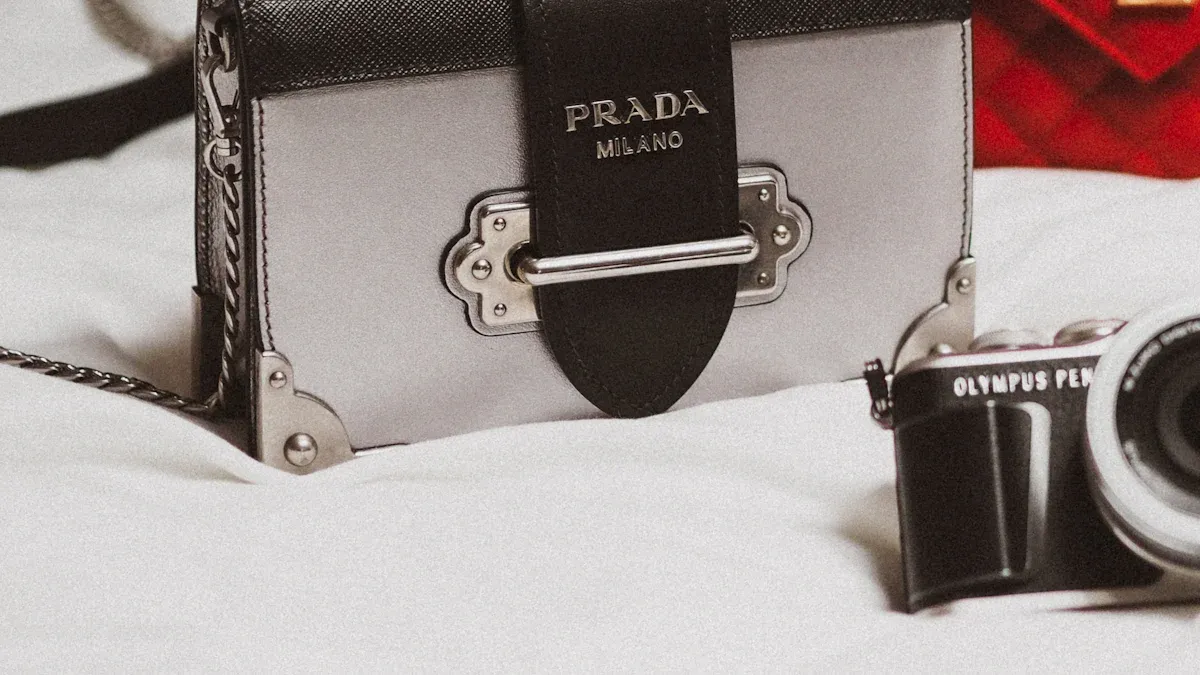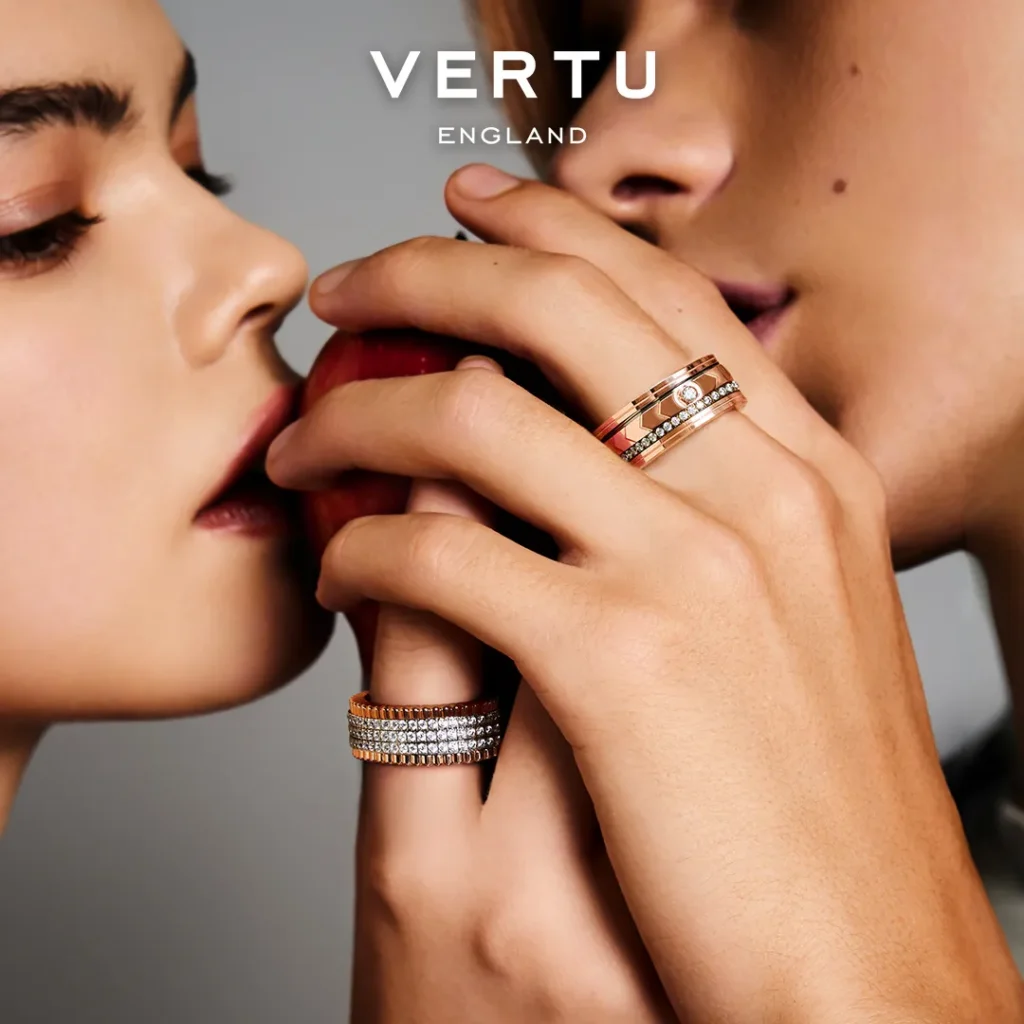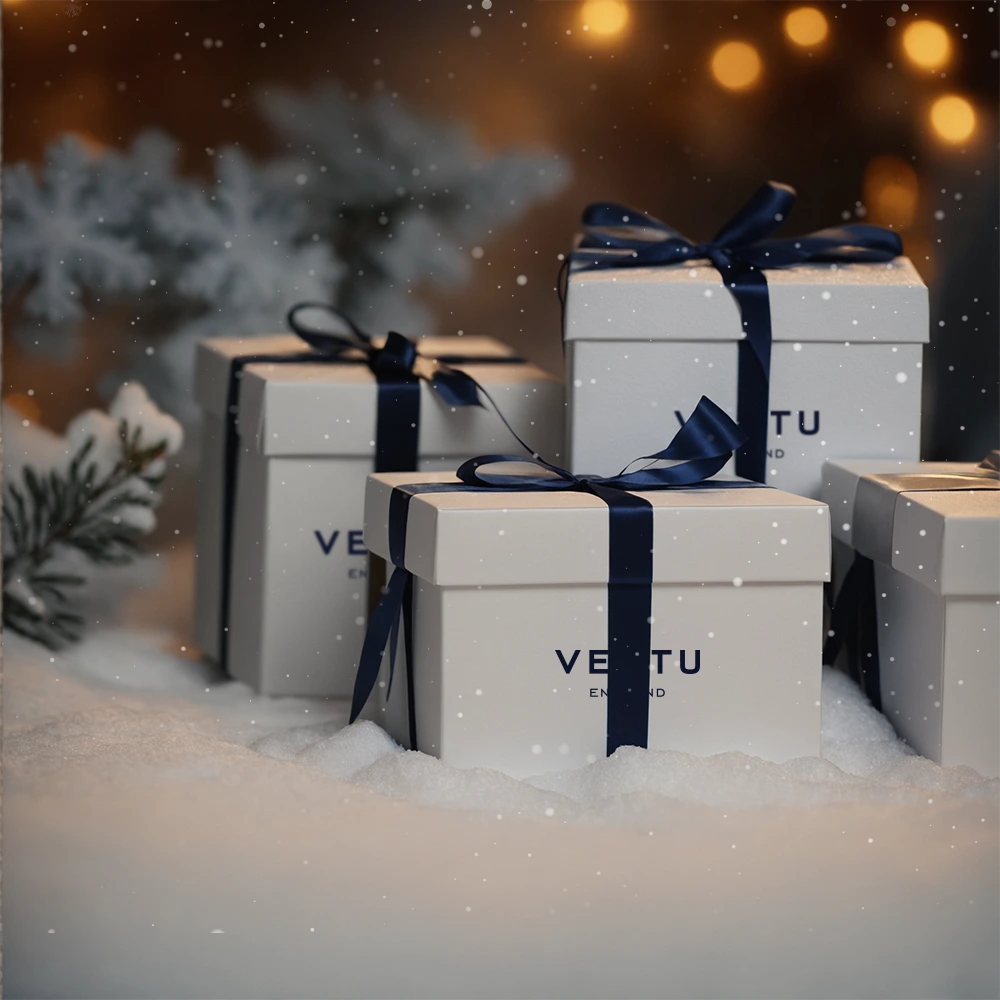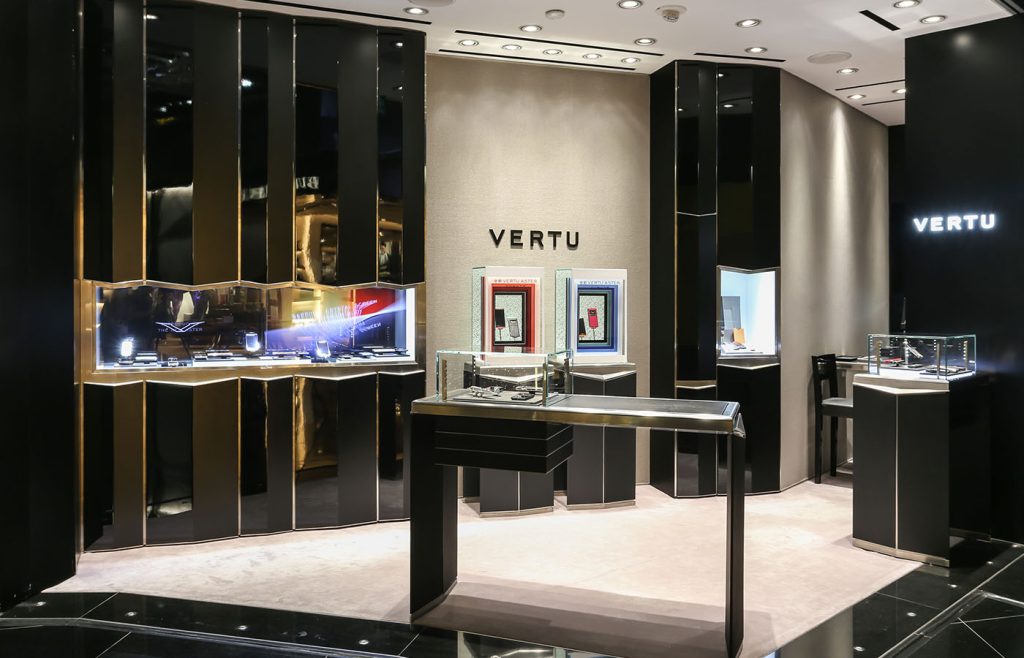
In 2025, luxury brands face a tough problem. They need to maintain their luxury brand exclusivity while also reaching more people. This balance is crucial because being exclusive enhances the allure of luxury. At the same time, being accessible helps brands grow in a competitive market.
-
A new study indicates that 54% of U.K. millennials believe luxury brands lose their charm if they are too easy to obtain.
-
Middle-class buyers, who make up almost 40% of the $300 billion global luxury market, are pivotal to this shift.
To succeed, brands must blend exclusivity with broader appeal. This approach preserves their significance without compromising their high-end image.
Key Takeaways
-
Luxury brands feel special because they are exclusive. Rare items attract more buyers by being unique.
-
Brands can reach more people with cheaper products. Small items help more customers enjoy the brand.
-
Personalization is very important. Custom experiences make people feel special and loyal to the brand.
-
Digital marketing is a must. Social media and online events keep brands fun and popular.
-
Teaming up with artists keeps brands fresh. These partnerships add creativity and share real-life stories.
The Accessible-Exclusive Divide in Luxury Brands
Why Exclusivity Defines Luxury Brand Status
The psychological appeal of rarity and prestige
Exclusivity is key to what makes luxury brands special. People like luxury items because they feel rare and important. These items seem like treasures, giving a sense of pride and uniqueness. Shoppers pay more for rare items because it makes them feel valuable. For example:
-
Exclusivity makes you feel closer to a brand emotionally.
-
Rare items give pride since few people can own them.
-
Many U.K. millennials think luxury brands lose appeal if too common.
How exclusivity shapes brand perception and loyalty
Exclusivity affects how people see luxury brands. When brands limit their products, they seem more elegant and high-class. This exclusivity builds loyalty because it makes you feel part of a special group. Feeling included in something unique keeps you coming back, boosting the brand's image.
Risks of Over-Accessibility in Luxury Brand Consumption
Dilution of brand value and prestige
If luxury brands become too easy to get, they lose value. You might stop seeing them as special or high-end. Being too common can make luxury brands feel like regular products, hurting their elite image.
The impact of overexposure on consumer trust
Overexposure can make you trust a luxury brand less. If a brand is everywhere, it might not feel unique anymore. Higher prices also make it harder for wealthy buyers to justify purchases, which can hurt the brand's reputation and your goals.
Evolving Market Trends in 2025
Generational shifts in attitudes toward luxury brands
Younger buyers are changing the luxury market. They care more about eco-friendliness and custom designs than old ideas of luxury. For example:
-
Gucci and Louis Vuitton sell online-only items for digital shoppers.
-
Chanel uses eco-friendly packaging to match younger values.
-
Rolls-Royce Bespoke lets buyers design every detail of their cars, showing the trend of personalization.
The influence of digital platforms and globalization
Online platforms lead luxury shopping in 2025. Over 70% of luxury buys are influenced by online content. Younger shoppers decide quickly, showing their fast-paced habits. Globalization has made luxury brands more available, so brands must balance being exclusive and accessible.
Strategies to Keep Luxury Brands Exclusive
Limited-Edition Products and Partnerships
Why scarcity increases demand and keeps brands special
Scarcity helps luxury brands stay exclusive. When there are fewer items, people want them more. This taps into the fear of missing out, making buyers act fast. Studies say 60% of people buy limited-edition items because they don’t want to miss out. Scarcity not only boosts demand but also makes luxury feel like a status symbol.
Examples like Metavertu’s unique Web3 AI phone
Partnerships and special product launches add to a brand's appeal. For example:
-
Gucci and The North Face teamed up in 2020, and their website crashed from too many visitors.
-
Metavertu’s Web3 AI phone shows how luxury brands mix new tech with exclusivity. Its limited-edition design uses fancy materials like sapphire crystal and calfskin leather, proving how rarity and innovation make products more attractive.
Different Levels of Products for Various Buyers
Affordable luxury items for more people
Luxury brands offer different levels of products to reach more buyers. Smaller items, like wallets or accessories, let people enjoy luxury at lower prices. This way, more people can connect with the brand while it stays high-end.
High-end lines to keep exclusivity
On the other side, ultra-luxury products are for those wanting the best. These items use rare materials or custom designs, keeping the brand’s elite image strong. By offering both affordable and premium options, brands stay appealing to all kinds of buyers.
Customization and Unique Experiences
Special services that make you feel important
Personalization is key in luxury. Custom designs or exclusive experiences make customers feel special. This not only makes people happier but also builds a stronger bond with the brand.
Examples of brands offering custom experiences
Many luxury brands are great at personalization:
-
Gucci uses smart tools to suggest items you might like, keeping you loyal.
-
Dior lets you design your own handbag to show your style.
-
Hermès mixes limited products with custom services to create unforgettable experiences.
These methods help luxury brands stay desirable while meeting changing customer needs.
Balancing Accessibility Without Losing Prestige
Digital Marketing and Online Shopping Strategies
Using social media to inspire consumers
Social media helps luxury brands connect with more people. Apps like Instagram and TikTok show off luxury through amazing pictures and videos. These posts make people dream about owning luxury items. Behind-the-scenes videos or celebrity ads make brands feel special. Studies say 80% of luxury sales are influenced by online content. Brands that talk to followers online get 3.5 times more interactions. This proves how useful social media is for luxury brands.
Special online launches and virtual events
Luxury brands now host special online launches and events. These create excitement and make items feel rare. Virtual fashion shows or product launches let people join from anywhere. This mix of being accessible but still exclusive attracts more buyers. It also keeps the brand feeling high-end and special.
Personalization Through Data in Luxury Shopping
Using customer data to offer custom experiences
Luxury brands use data to make shopping personal. They study what you like and suggest items just for you. For example, Sephora’s ‘Beauty Insider' program gives rewards based on your choices. Chanel combines online and in-store shopping for a smooth experience. These methods make customers happy and loyal to the brand.
AI tools like Metavertu’s personal assistant
Artificial intelligence is changing luxury shopping. Metavertu’s AI Agent Service acts like a helper, giving you custom advice. AI tools help brands sell more, like a 25% rise in clicks and 30% more sales for jewelry brands. These smart tools keep luxury brands competitive and modern.
Smart Pricing for Luxury Brands
Mixing affordable and premium prices
Luxury brands now offer products at different prices. Small items like perfumes or wallets let more people afford luxury. At the same time, expensive items stay rare and exclusive. This way, brands can reach more people without losing their high-end image.
Payment plans and subscriptions
New payment options make luxury easier to buy. Subscriptions or payment plans let you pay over time. For example, luxury travel companies offer packages you can pay for monthly. These options attract more buyers while keeping the brand’s luxury feel.
Cultural Collaborations and Authenticity
Working with artists and designers to stay modern
Luxury brands team up with artists and designers to stay trendy. These partnerships bring new ideas and cool designs that attract today’s shoppers. When a luxury brand works with a famous artist, it feels special and creative. For example, travel brands often work with local artists to make limited-edition items showing cultural traditions. This makes the brand more interesting and connects it to real stories.
Collaborations are also a cheaper way to get noticed. Studies say partnerships cost 25 times less than online ads. By teaming up with creative people, luxury brands can get attention without losing their fancy image. This keeps the brand exciting while reaching more people.
Making brand stories better with cultural teamwork
Cultural teamwork makes a brand’s story feel real and deep. When a luxury brand adds cultural details to its products, it tells a story that feels personal. For example, travel brands often show off the skills of local artists in their ads. This helps protect culture and makes the brand feel closer to global shoppers.
Stories are even stronger when mixed with exclusivity. A study found that 60% of people buy things because they don’t want to miss out. Limited-edition items inspired by culture create excitement and urgency. This helps luxury brands stay fancy while building emotional ties with customers.
|
Fact |
What It Means |
|---|---|
|
60% of people |
Buy because they fear missing out, showing the power of urgency. |
|
Collaborations cost much less than digital ads to boost brand fame. |
By using cultural teamwork, luxury brands can mix being special and reachable. This helps them stay classic while meeting what modern shoppers want.
Case Studies: How Luxury Brands Balance Being Special and Accessible
Metavertu: Mixing Tech with Luxury
Metavertu has changed how people see luxury brands. It combines new technology with being exclusive. Their Web3 AI phone is a great example. The phone is rare, made with sapphire crystal and calfskin leather. It feels special and fancy. At the same time, its AI Agent Service helps users with personal advice. This makes it useful for modern buyers. By mixing innovation with rarity, Metavertu leads in the luxury tech market. This way, the brand stays desirable while attracting tech-loving customers.
Hermès: Making Scarcity Work
Hermès is great at using scarcity to stay elite. Their limited-edition items, like the famous Birkin bag, are highly wanted. Each bag is carefully made, and people often wait years to get one. This rarity makes the brand more attractive and keeps buyers loyal. Hermès also works with artists to create fresh designs. These partnerships bring unique products that match today’s styles. By focusing on being rare and creative, Hermès stays a top luxury brand.
Rolls-Royce: Personalization Keeps It Special
Rolls-Royce shows how customization can keep a brand exclusive. Buyers can design almost every part of their car, from colors to materials. This makes each car feel one-of-a-kind. Personalization helps the brand connect deeply with customers. For example:
|
What Customers Say |
Percentage |
|---|---|
|
Choose custom options for their cars |
|
|
Enjoy their in-store experience |
75% |
|
Feel closer to the brand after events |
65% |
These numbers show how personalization builds loyalty. Rolls-Royce also holds private events to make customers feel special. By focusing on individuality, the brand stays luxurious while meeting modern needs.
Luxury brands in 2025 must carefully mix being special and open. They use ideas like rare products, different price levels, and custom services. These methods help them stay fancy while reaching more people. Using new technology and working with cultures also makes them more attractive.
Keeping up with changes is very important. People now care more about experiences than owning things. They also want brands to be kind to the planet and connect with them emotionally. As technology grows fast, brands need new plans to keep growing.
One expert says, “Luxury brands must stay important in a fast-changing world while keeping their timeless charm.”
In the future, brands that try new things and stick to their values will do well. By mixing old traditions with new ideas, they can handle changes and stay top-class.
FAQ
Why is exclusivity important for luxury brands?
Exclusivity makes items feel rare and special. It gives customers pride and value. When fewer people own something, it becomes more wanted. This feeling builds a strong bond with the brand.
How do luxury brands mix being exclusive and accessible?
Luxury brands use ideas like limited products, different prices, and custom services. These allow more people to enjoy the brand while keeping it fancy. For example, smaller items bring in new buyers, while high-end lines stay rare.
Why do luxury brands care about personalization?
Personalization makes customers feel unique and important. Custom products or special services create a closer link to the brand. This makes customers happier and more loyal over time.
How does digital marketing help luxury brands stay special?
Digital marketing uses social media to share amazing content. Exclusive online events or product launches create excitement. These methods let people connect with the brand while keeping its luxury feel.
Can luxury brands stay important in a fast-changing world?
Yes, by using new ideas and staying true to their style. Brands that focus on trends like eco-friendliness, technology, and personalization can meet customer needs while staying timeless.




